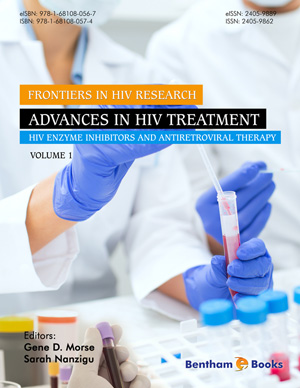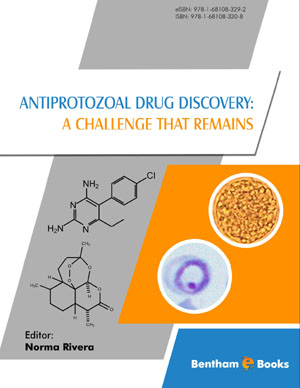Abstract
Antimicrobial dosing in patients with acute kidney injury requiring renal replacement therapies is challenging. Generally, renal replacement therapy is either diffusive or convective. The most commonly used modalities are: Intermittent Hemodialysis (IHD), Continuous Renal Replacement Therapy - CRRT (continuous venovenous hemofiltration (CVVH), continuous venovenous hemodialysis (CVVHD), and continuous venovenous hemodiafiltration (CVVHDF)), Prolonged Intermittent Renal Replacement Therapies (PIRRT), and Peritoneal Dialysis (PD). Several factors affect the transport of the drugs in these dialysis modalities, such as; the drug’s molecular weight, membrane properties (high-flux or low-flux), protein binding, blood flow rate, and dialysate flow rate, and dialyzer surface area. The Food and Drug Administration (FDA) does not mandate manufacturers to provide dosing in different renal replacement therapy modalities, which overwhelmingly complicate the dosing strategies of antimicrobials in this population. Furthermore, different CRRT modalities complicate the dosing with variable prescriptions in which the blood flow rate, dialysate flow rate, and effluent flow rate might significantly differ based on patients' needs. Additionally, extrapolation of pharmacokinetics (PK) from normal patient population and extending it to patients utilizing RRT is a questionable practice. In addition, the situation gets more complicated when those patients require extracorporeal membrane oxygenation (ECMO). Predicting the plasma concentrations of drugs during ECMO is difficult because many factors simultaneously impact the PK and because inconsistent results have been obtained in PK studies and the significant heterogeneity of data including medical and surgical patients or patients under venovenous and venoarterial ECMO in variable proportion. In conclusion, dosing of antimicrobials in patients receiving RRT or ECMO would require comprehensive understanding of the antimicrobials’ PK/PD as well as thorough understanding of the RRT and ECMO techniques and their effects on PK/PD.






















